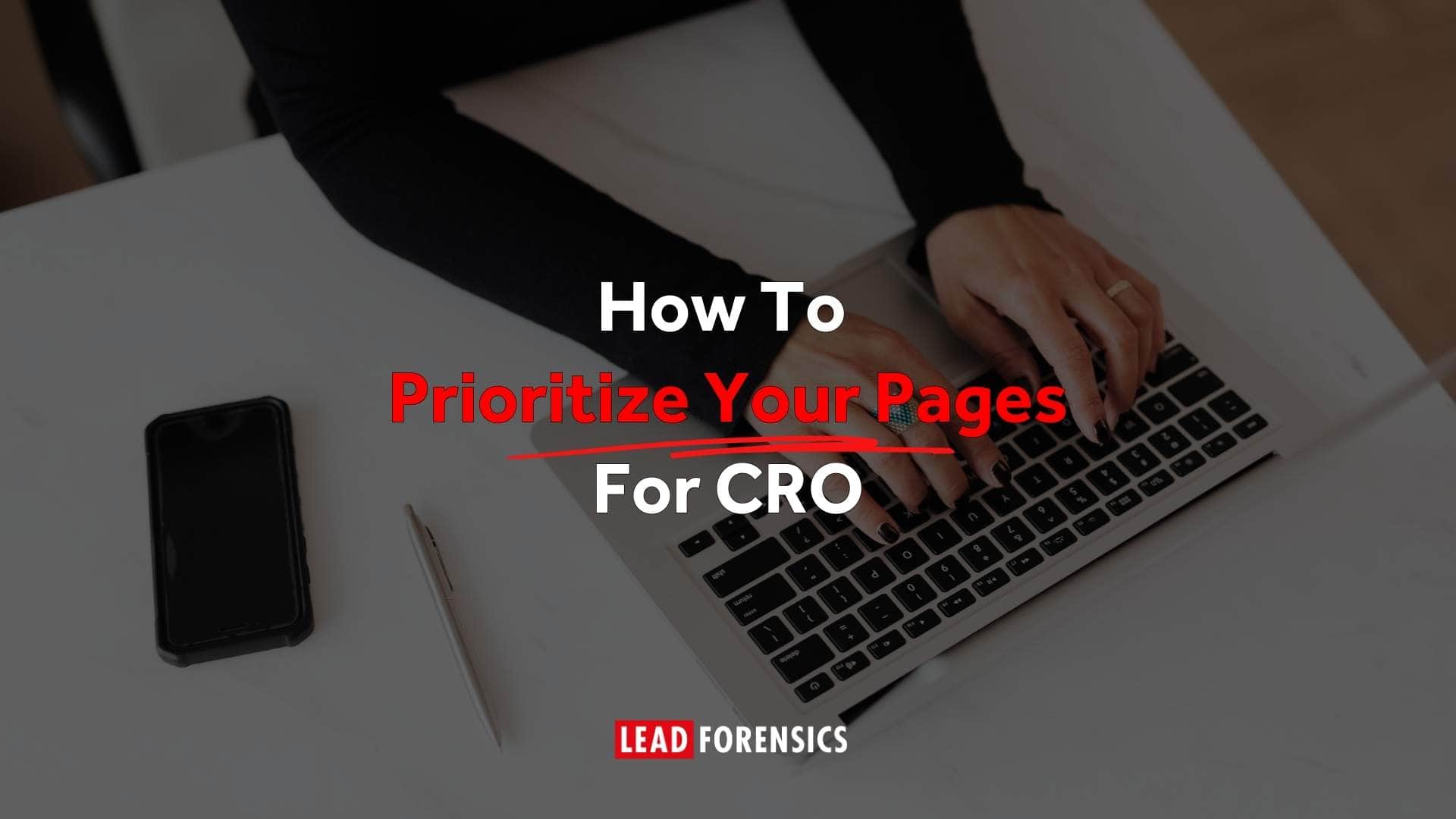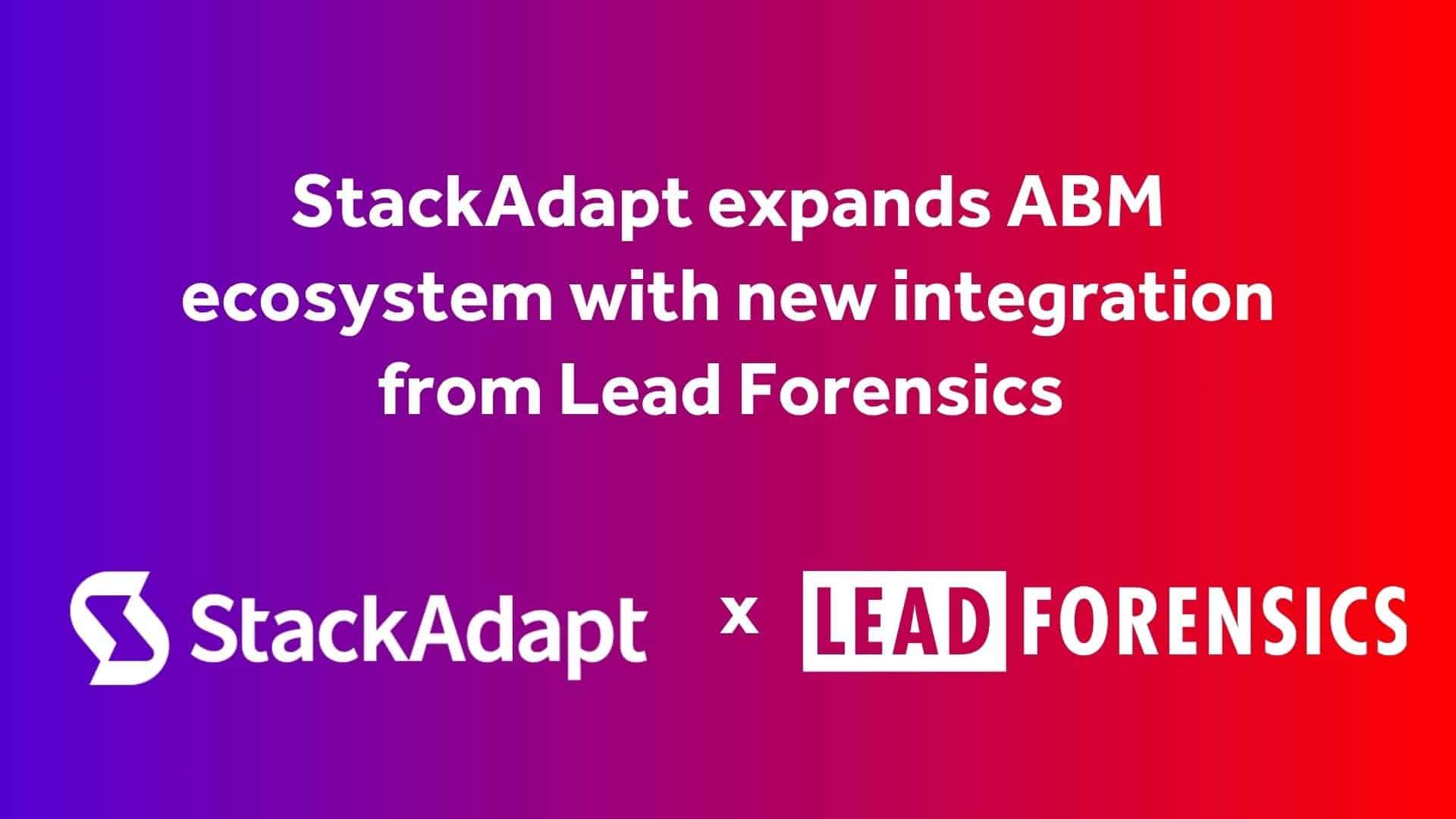If you’ve got a sprawling website, it can be impossible to know where to start with CRO. Do you tackle the pages that get the most traffic, but carry the highest risk of negatively impacting users? Should you start with less important pages but accept a minimal impact to conversion rates? Do you focus on the most complex changes or the easy fixes?
A prioritization framework will help you decide this for yourself, using your own data and insights.
ICE Prioritization
Perhaps the simplest prioritization framework is ICE. It encourages you to weigh up the potential impact on the business, your confidence that the change will be positive, and the ease of implementing it.
For example, you might discover from the scores that a change to your newsletter sign-up form embedded on every page of your website could have a high impact, it’s relatively easy to change, and you might be very confident that it would have a positive impact, so you would prioritize that work. It might also show that while you know redesigning your landing pages to include a CTA in a sticky banner will have a high impact, you’ve been told that it would be a really complicated fix and you’re not sure how far it would move the needle, so that change may not be prioritized.

ICE Framework Template
To help you get started, we’ve built a template to help you prioritize your pages using the ICE framework. Click here to make your own copy of our ICE template.
You’ll be able to list all your important pages in the first column, then give each a score for impact, confidence and ease. The template will automatically add up these scores and show you which pages ought to be prioritized.

Value vs Effort Matrix
If you want to find the quick wins, so you can prioritize your pages that require low effort to change but will have a high impact, the value vs effort matrix is a good framework to use.
You score your pages according to their value (or impact) and their effort (or complexity). You can then plot them on a graph to get a visualization of how they compare. This helps you stay focused on creating the most value and impact without getting caught out by things that will steal a lot of time and resource.
For example, something that could be considered low effort would be changing the fields in an embedded form. If the form is just on one landing page, it might have a low value. But if the same form is embedded on every landing page of your website, the impact would be high value.
Alternatively, a high effort change could be a homepage redesign. That’s because it involves a lot of planning and design, lots of technical expertise to build, and plenty of testing. But it could be considered a low value change if only 5% of your audience ever go to the homepage. Something like redesigning your navigation could be high effort but because it impacts almost every website visitor, it would be a high value impact too.
However, the value vs effort matrix is only as good as the insight shared. It’s hard to estimate the value and effort of a project, especially if it’s your first time delving into the world of CRO.
But it is an easy way to you identify which pages fall under low effort, high value. These are your quick wins and the ones you want to prioritize.

RICE Scoring Model
The RICE scoring model looks at the reach, impact, confidence and effort of each page, which you score in a table. It’s very similar to the ICE framework, but uses different categories.
To find your RICE score, you multiply the reach, impact and confidence scores and the divide this by the effort score:

When you think about reach, you’re considering how many people will be affected by the change. It could be the number of users during the quarter, the number of transactions each month, or the number of people who will sign up. For example, if every prospect who hits the landing page sees the change, that could be 1,300 people. If the change only impacts the 12% of people who click the CTA button from that landing page, the reach would be 156 people per month (12% of 1,300).
The impact score focuses on the outcome of your work. It can be a quantitative measure, like how many new conversions you think you’ll get, or qualitative insight on things like improved customer experience or more alignment with brand identity. You won’t be able to guess the exact figures, so scoring your pages from 1 to 5 is a good way to express high impact without giving grossly inaccurate figures.
When scoring for confidence, you need to think about how confident you are that you can execute the project and it will impact conversions. Just like impact, it’s highly unlikely you’ll have exact numbers so giving estimates from 1 to 10 can help. For example, if you have data to support that the page has a high reach and a high potential impact, your confidence would be 10. But if you don’t have data backing up the reach or impact scores, you can’t be too confident in the outcome so you’d score it 5.
As you think about effort scores, you’re weighing up how complicated or resource-intensive the changes will be – and you would give a number based on how many months of work it would take a person to complete. For example, to plan, design, test and implement a change to a specific page could need two months of work, so the score is 2. If it’s an iteration of previous work and just needs a test to validate the impact, it may only need two weeks of work, so it can have a score of 0.5.
What’s Next?
Prioritizing your pages is just a small part of the CRO process. You still need to plan your test, analyze results and implement the changes. Plus, there’s a whole heap of research you need to do before this step, like identifying your important conversions and benchmarking your site’s performance.
Take a look at our Conversion Rate Optimization Playbook to see the whole step-by-step process. Plus, we’ve got a list of quick CRO wins at the back of the book if you’re stuck for inspiration.










